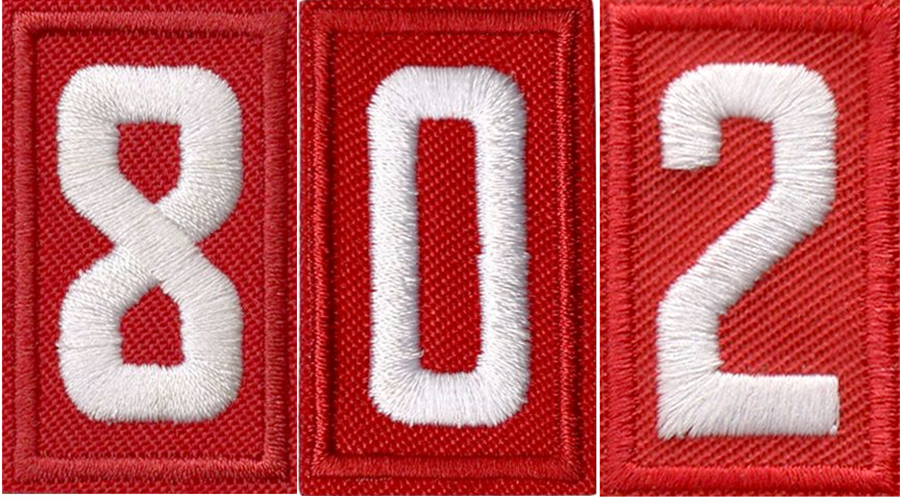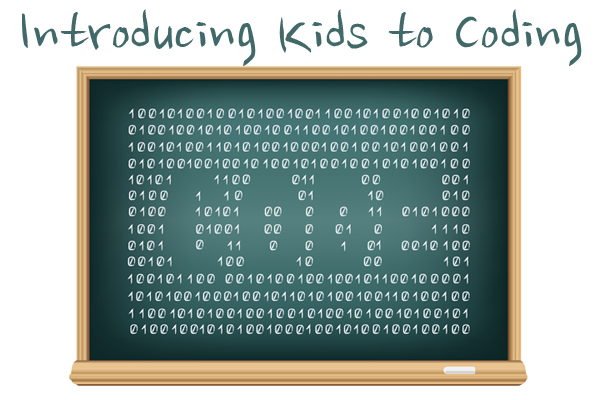Scouts may choose between Option A or B and complete all requirements for that option.
Option A. Follow the Algorithm
1.With grid paper or a checkerboard, select one square as the start space and another to be the finish space. Use a coin or other small object as the token to move between these spaces.
2.Create flashcards with one direction on each card. For example: Move one space up, Move one space down, Move one space right, Move one space left, etc. You can use the cards multiple times or create copies of them.
3.Produce the series of instructions that move your token from start to finish on the grid. Make sure that there are at least three steps involved. This is called an algorithm. Write the steps down. Test your algorithm and have another person try it as well. Can you find a different series of steps that move the token between start and finish?
4.Move the start and finish spaces and create a new set of instructions for this path. Test your algorithm and fix any errors.
5.Add a few “blackout” squares to the board, that cannot be used, then create a new series of instructions to move without crossing any of them. 6.Research how computers use algorithms to work. Discuss what you learn with your counselor.
Alternative for completing Option A using Code.org website: Follow the Algorithm on Code.org
Option B. Creative Conditionals
1.Use a deck of playing cards to create a new game based on conditions, or create your own deck with paper and markers. Use four different colors and put the numbers 1-10 on separate cards in each color.
2.Create and record actions for each number and suit/color. These are called conditions. For example: For a 5, clap your hands over your head. For a heart, hop on one foot, etc.
3.Mix up your cards and practice playing on your own. What TWO actions do you have to perform for each card?In this example, for a 5 of hearts you would have to clap your hands over your head while hopping on one foot.
4.Invite others to play your game with you. See if they can add more conditions to your game.5.Research how computers use conditional statements to work. Discuss what you learn with your counselor.
Option B. Resources:

